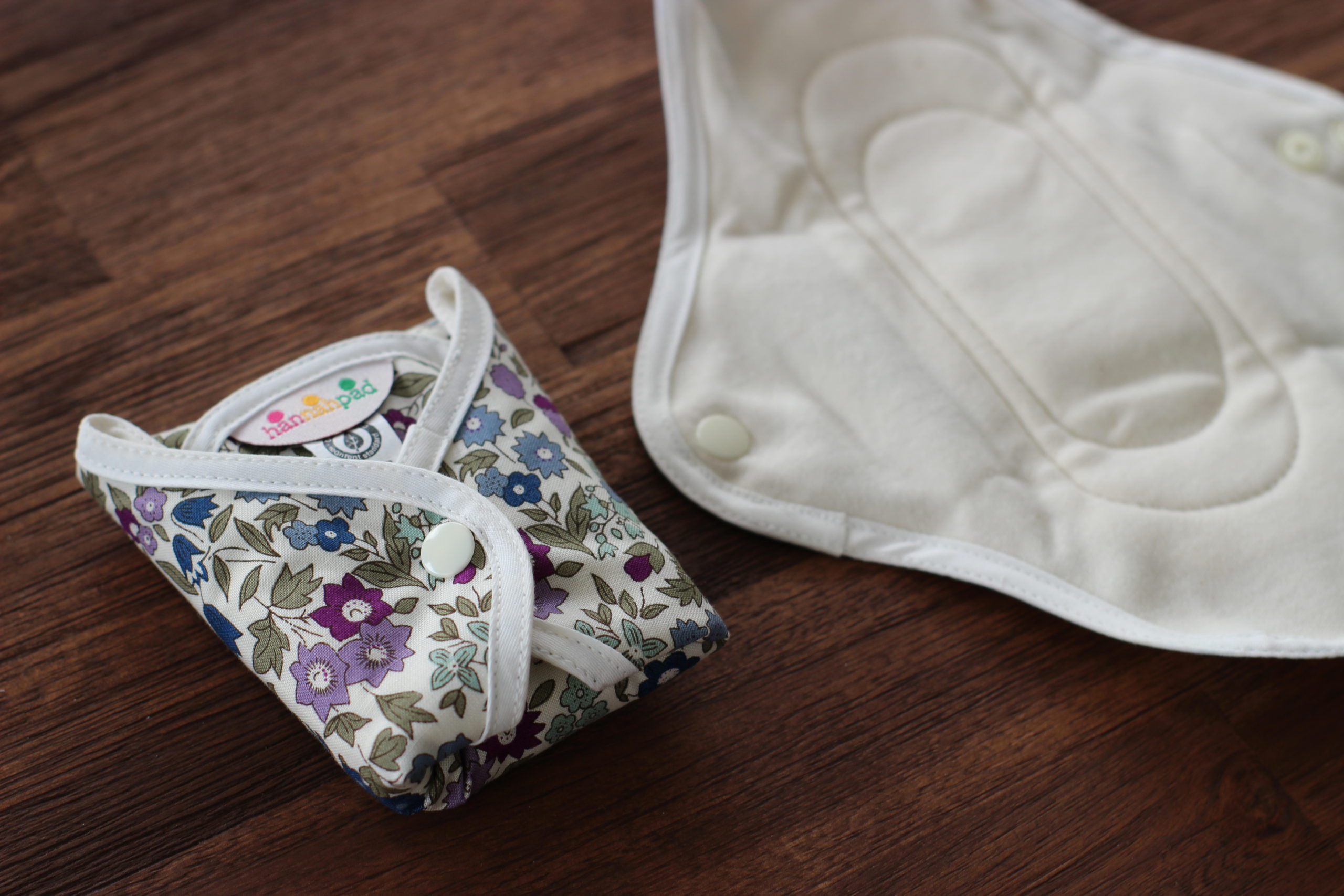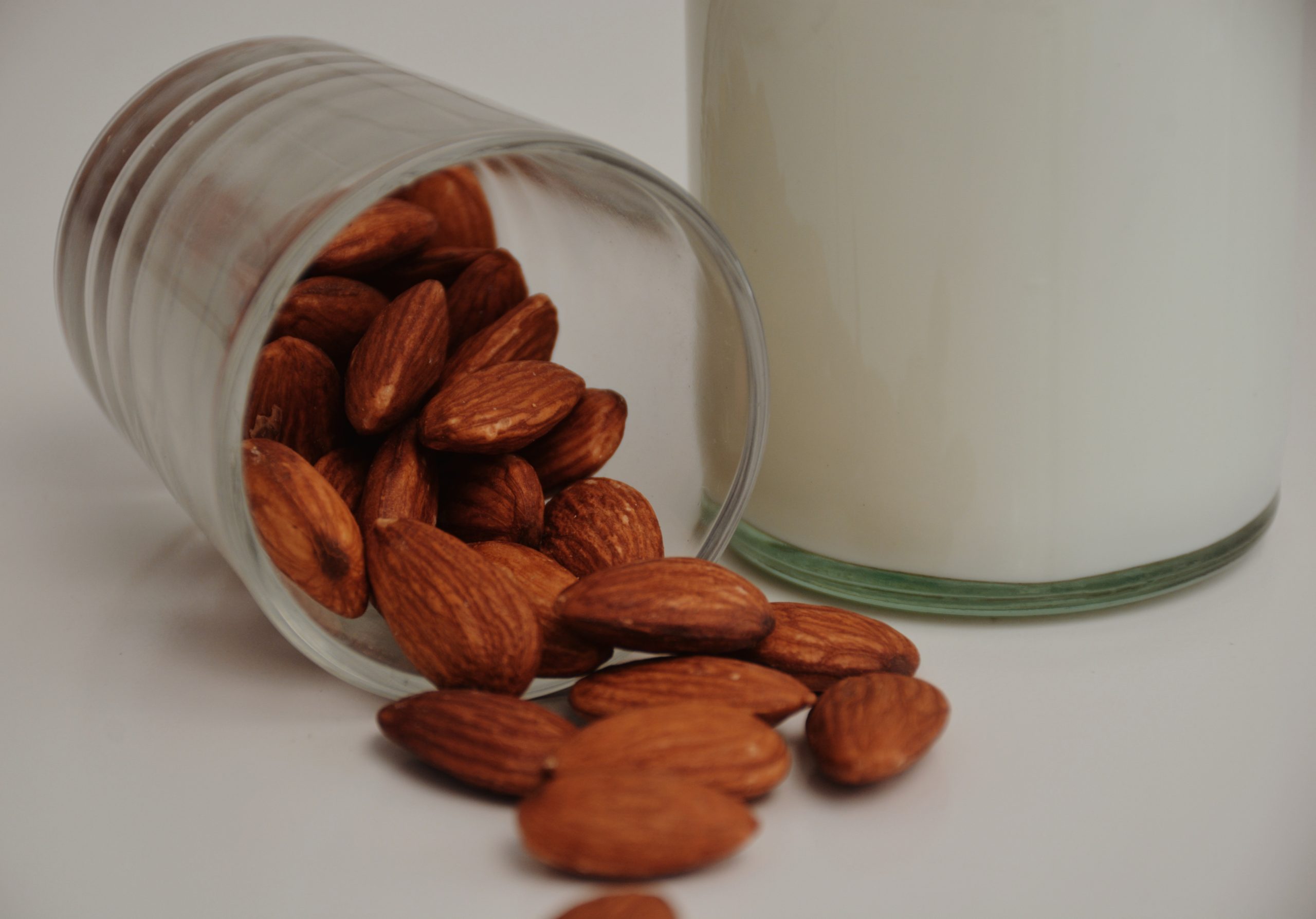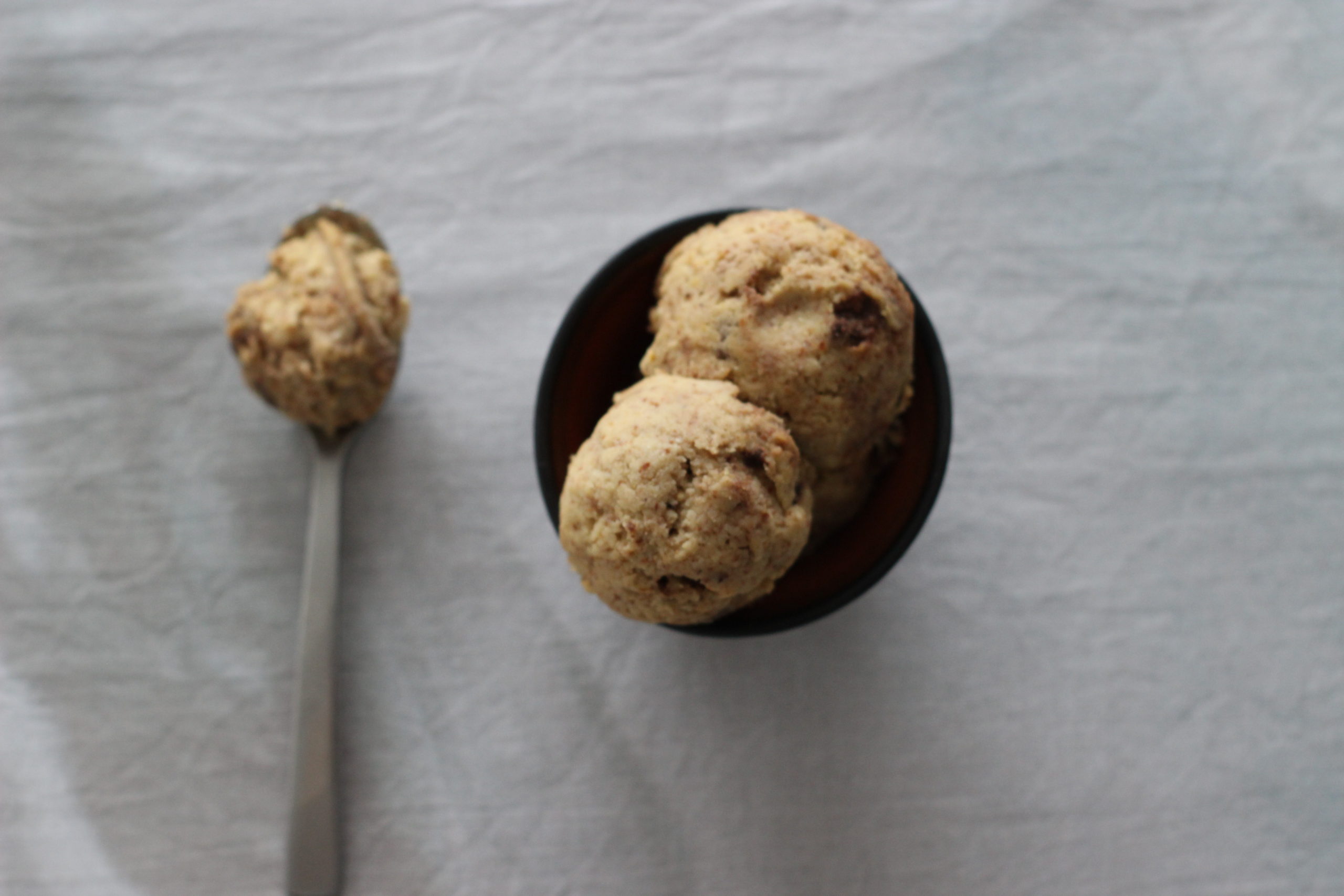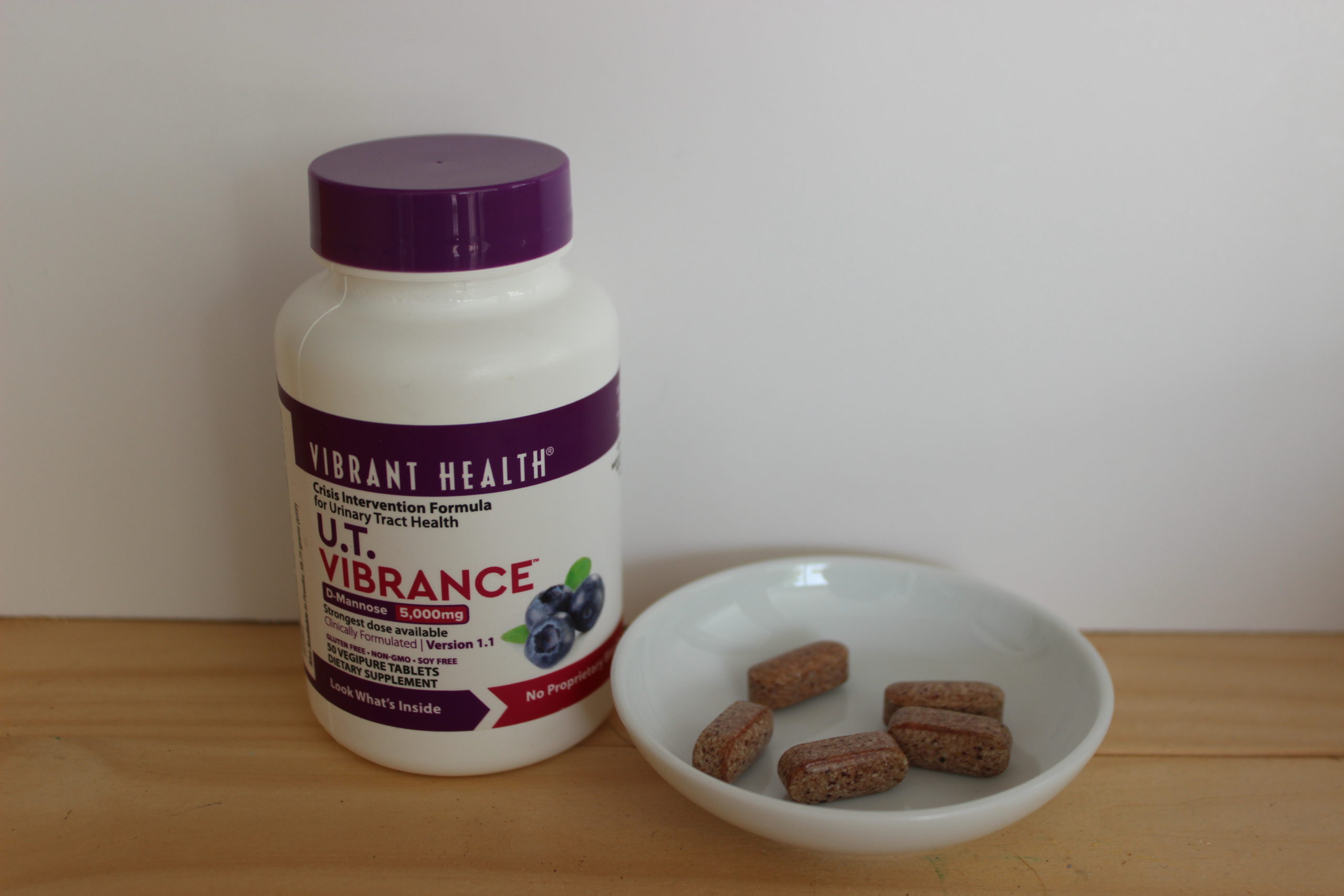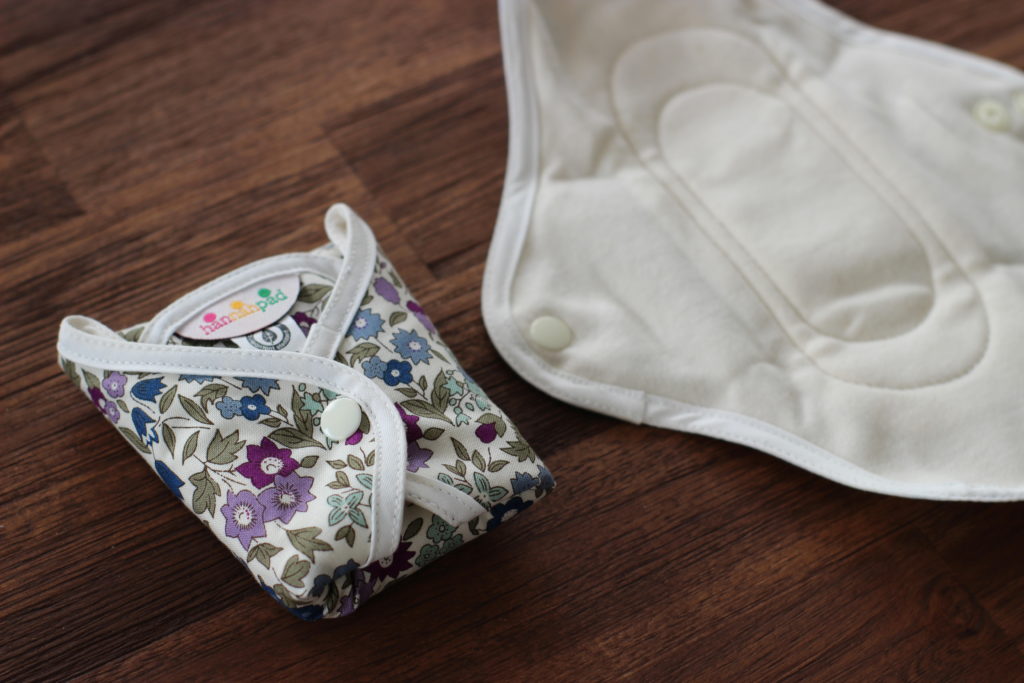
I have been dabbling with reusable period wear for a few years. I didn’t seem to find my match however, that was until I tried the HannahPad this Plastic Free July. For those who are grossed out about washing your own period pads: there is nothing to fear as it is easier than you think it will be and the whole act leaves you quite empowered, knowing you are reducing plastic waste and stopping harmful chemicals entering your vagina that can get into your bloodstream and cause havoc.
Before I get to my review of the HannahPads, it is important I share some quick facts that gave me the motivation to want to my ditch my organic one-time use disposable sanitary pads:
Vaginal Health Concerns
🥑 Styrene (carcinogen), Chloromethane (reproductive toxicant),
Chloroethane (carcinogen), Chloroform (carcinogen, reproductive toxicant and neurotoxin), Acetone (irritant) – this is a list of just several harsh and dangerous chemicals found in four types of ‘Always’ branded menstrual pads (manufacturer: Procter & Gamble) when Women’s Voices for the Earth commissioned the first publicly available test of this kind in 2014.
🥑 ‘Carcinogenic’, a ‘reproductive toxin’, and a ‘developmental toxin’ – these are the words the following agencies use to describe the chemicals found in the commissioned study on sanitary pads mentioned above: the U.S. Department of Health and Human Services National Toxicology Program, the Agency for Toxic Substances and Disease Registry, and the State of California Environmental Protection Agency
🥑 None of these chemicals found in the study are disclosed on the packaging by the manufacturer which causes major alarm for me as someone who insists on transparency of the food, health and beauty products people buy.
🥑 The four products tested included both scented and unscented sanitary pads which were: Always Ultra Thin Unscented, Always Ultra Thin Clean Scent, Always Infinity unscented, Always Radiant Infinity Light Clean Scent
Period Pollution
🥑 Mother nature is drowning in our pollution including our sanitary pads ladies. 16,800 is the reported average number of period pads disposed of straight to a landfill in each woman’s lifetime. These products, including tampons, are difficult to dispose of and take hundreds of years to decompose. During the decomposition period hazardous chemicals are released if they are not disposed of correctly also.
🥑 Even organic biodegradable sanitary pads can be bad for the planet as many manufactures of these items use materials that are compostable and / or biodegradable. To enable those that are compostable a chance to actually break down requires oxygen, and if you place the packaging of these items into landfill, then this breakdown action cannot take place as there is very little oxygen due to them being sealed off because of the hazardous waste they contain. Whereas biodegradable products labeled as such, simply means they are capable of ‘breaking down’, and in fact anything, including plastic can do this! Many forms of biodegradable products usually (but not all) are designed out of more natural products and do take less time to break down than usual, but the question here is exactly how long?
🥑 Each conventional sanitary pad can be made of as much plastic as four supermarket plastic bags.
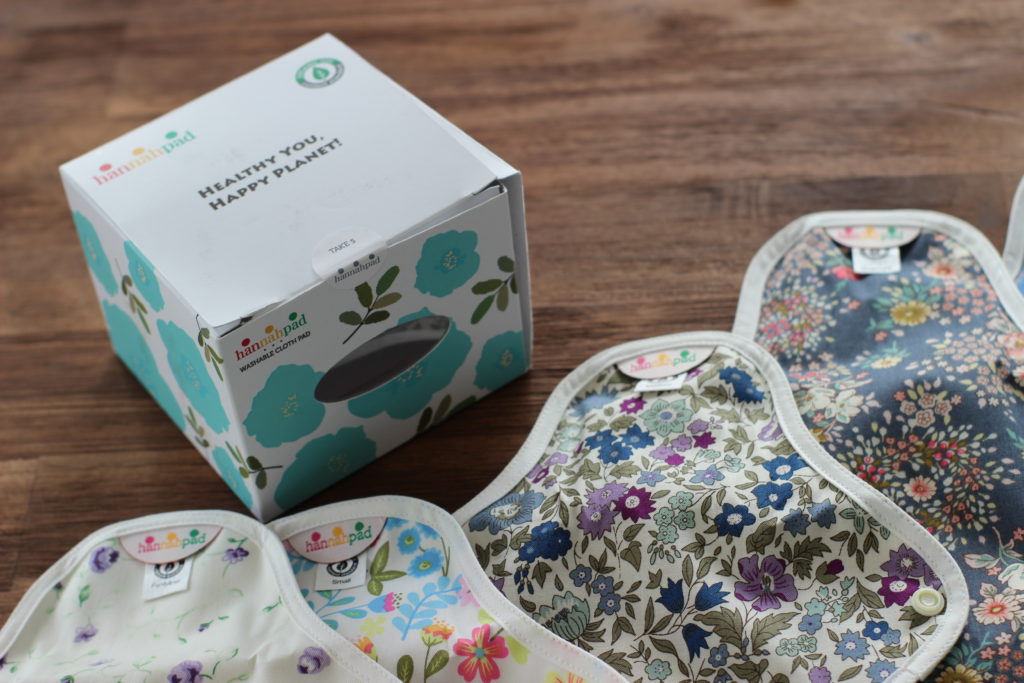
Reusable HannahPads – A Healthy Solution For My Vagina + The Planet
So, whichever way you look at, our relationship with conventional pads and tampons has to end. Having dabbled unsuccessfully myself with a reusable silicone menstrual cup, clumpy brands of other reusable sanitary pads and spewing at the fact my organic biodegradable and compostable period pads were still polluting the planet – I decided to give another brand of reusable sanitary pads a go. And I am sure glad I did, because I have now found my match for my health and the planet to be healthier.
Nothing Messy, Nothing Leaky, Nothing Gross
A big obstacle to get over when it comes to using reusable period pads, is the fact that we have to come into contact with our uterus shredded blood and rinse it away. I have to say I got over this quite quickly thanks to HannahPad giving clear instructions in the “Take 5” box I invested in – see picture above – and the amount of information available on their website to help me along. I promise you it won’t be as bad as your mind might make you think!
What’s inside the Take 5 HannahPad set?
🥑 1 x Pantyliner Reusable 100% Organic Sanitary Pad
🥑 1 x Small Reusable 100% Organic Sanitary Pad (slightly thicker than the pantyliner option)
🥑 1 x Medium Reusable 100% Organic Sanitary Pad
🥑 1 x Large Reusable 100% Organic Sanitary Pad
🥑 1 x Ultra Overnight 100% Organic Sanitary Pad
I bought mine in South Africa from Wellness Warehouse where they were R583.95 for the 5 menstrual pads. You can also get them in South Africa from the main stockist Hannah Pad South Africa. If you want to purchase in your specific country, check the HannahPad Global link for more details. The ones I bought also came with several plastic storage packets for when you are out and about and need to store a used HannahPad.
How To Use HannahPads
I followed the clear instructions of rinsing either in the shower until the water runs clear or did the same but under a tap. I then applied my choice of natural soap/washing detergent that is suitable for cloth nappies so would be suitable for reusable sanitary pads. Then I left them to soak in a bucket of cold water for at least 3 hours before washing, and if leaving the bucket longer than 12 hours I would rinse out and put fresh in.
When washing my reusable HannahPads, I would wait until I had a full load of other similar items to wash them with, like bath and hand towels. Then I would either hang to dry or if I was in a hurry would place them on or near the heater to speed up drying time (it was winter here in Cape Town when I tried these and really cold!).
It really is that simple: Rinse, Soap Up, Soak, Wash, Dry.
Period Savings + The Lifespan of HannahPads
The above picture is of my HannahPads at the very end of my period hanging to dry on my washing line. You will notice there are more than the original five because I got on so well with them I decided to invest in another box. You will also notice they are pretty clean considering I have a medium to heavy period flow that lasts 6-7 days. Meaning I did use them all several times during this particular menstrual period.
Buying these pads has not only helped me to help the planet, and keep my body healthy, but also saved me money. On average I was paying R95.00 for 14 organic chlorine-free disposable pads on average, and needed around 3 of these boxes per period. This means each year I was paying R3,420.00 per year. So far 10 cost me R1167.90 which was a good amount for me, and I may not need more than this. Which will end up saving me at least R9092.10 if I use them for their average lifespan of at least 3 years. I do intend to look after them well and want to try to get 5 years out of them before recycling them into something cool. Maybe some art?!
Even if you currently use conventional sanitary pads, you will still save on average R1500 over a 3 year period. If you purchase 3 packets of sanitary pads per period cycle, at R25.00 each. A saving is still a saving right?!
Overall Rating of The HannahPad Reusable & Organic Sanitary Pads
The HannahPad is really a great product, well made and super comfortable that will keep you leak free during even the heaviest of flows. They are super easy to clean and seriously women – the blood you have to rinse off is mind over matter! We deal with so many more serious things in our lives (effortlessly) on a daily basis, don’t let this bother you.
I am super happy knowing I am now helping reduce plastic and other waste pollution onto precious Mother Earth every time I have my monthly bleed, and knowing I have for me personally, some huge savings to come over the next 3 years by giving up organic disposable sanitary pads.
To enable the pads to not leak, the patterned side has a leakproof coating of high quality ‘TPU’, this is breathable whilst resisting water. With the other layers being 100% organic cotton. Whilst I feel this leakproof coating is totally necessary, in time I would love to see this changed to a coating that is more natural for the environment. The same goes for the plastic poppers used on the wings to clip them in place. Maybe in time something like organic hemp or pineapple leather could be used for the popper mechanism? Just food for thought. But these are tiny things when you think of how bad for the planet conventional disposable sanitary pads and tampons are!
Sold! Going forward, I am 100% committed to only using my reusable HannahPads for years to come at every single period I have, as I am 100% satisfied with how they handled my medium to heavy flow period (emphasis on heavy during days 1-2). If you have any questions about using reusable period pads, please feel free to contact me via my email.
Sources of research for this article:
https://www.livescience.com/63597-compost-trash-in-landfills.html https://www.womensvoices.org/menstrual-care-products/detox-the-box/always-pads-testing-results/
